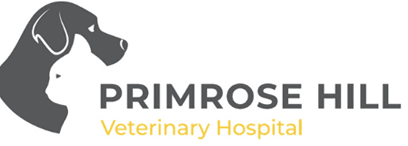Your dog has been diagnosed with an ‘indolent’ ulcer. Below, we will explain what this means, why your dog has developed this problem and we will show you which treatment options are available – so you can make an informed decision which treatment approach is best for you or your pet.

What is indolent ulceration?
On the cornea, wounds are usually referred to as ‘ulcers’. Corneal ulcers can be ‘superficial’ (epithelial) or ‘deep’ (stromal). Both types of ulcer are usually very painful and require urgent treatment to allow for pain relief. However, superficial ulcers are less dangerous as they do not pose a risk to the integrity of the eye. Most superficial ulcers will initially be treated medically whilst many deep ulcers require surgical intervention for support.
‘Indolent’ ulceration describes a condition, where your dog has developed a very superficial corneal wound, which fails to heal on its own accord. Normally, any superficial corneal wound should heal within a week – and if this is not the case, then your vet must carefully examine the eye and decide why this is the case. Indolent ulceration typically affects older dogs (> 6 years of age) and the condition is characterised by a persistent, painful superficial corneal wound that is surrounded by loose epithelial tissue. The veterinary surgeon can diagnose an indolent ulcer by its typical appearance when the green dye is applied to the eye as not only the ulcer will show up, but the stain will seep underneath the surrounding loose tissue edges.
Find out more about our ophthalmology referrals
Why does indolent ulceration happen?
Most corneal ulcers in dogs are due to a mechanical cause – due to a scratch injury or by rubbing of the eyelids on the cornea itself. Dry eye can also be a cause of corneal ulceration in dogs. If the underlying cause is removed, then the healthy epithelial cells at the edge of the defect can slide along, anchor down into the underlying stroma - and cover the defect. In this way, even large corneal ulcer heals in less than one week. In indolent ulceration however, the ulcer occurs spontaneously (so no other underlying cause is found) and the failure of the ulcer to heal is caused by a degenerative progress in the anterior stromal layers of the cornea. As a result, the epithelial cells from the edge of the ulcer will slide along – but they cannot anchor down and end up floating loosely on the ulcer surface. Indolent ulceration is not due to infection and does not respond to the use of antibiotics.
How is indolent ulceration treated?
There are several different treatment approaches for indolent ulceration, but all have two things in common:
- The loose epithelial tissue, which surrounds the ulcer must be removed by debridement.
- The degenerate anterior layers of the cornea must breach or removed to allow the new epithelial cells to ‘stick down’. This is what we call a ‘Debride and Scarify’.
Find out more about our ophthalmology referrals
What is the aftercare following the treatment or operation?
Your dog will usually receive a course of antibiotic drops or ointment (to prevent infection) and painkillers by mouth. Few patients require the use of a protective collar to stop them rubbing but we are happy to offer you one if this gives you peace of mind. We usually ask for a check-up 10-14 days after the treatment.




Follow Us: